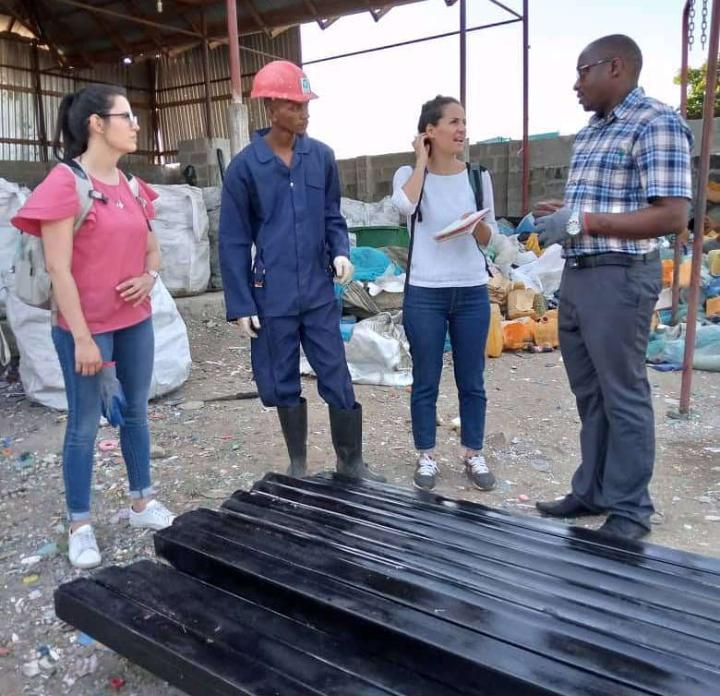DEVELOP A COMMON UNDERSTANDING OF THE MOST IMPORTANT VALUES AND HOW TO LOOK AFTER THEM
Through the three workshops, Arakwal knowledge holders had time to identify, discuss and build consent on the priority values, most important actions and how to evaluate success.
Through this process, protecting and caring for the Byron Bay orchid and its habitat, the graminoid clay heath were identified as the highest priority for management. Both have cross-cultural significance as they have cultural significance for Arakwal people and are listed as endangered under Australian Environmental Protection and Biodiversity Conservation Act 1999. NPWS and Arakwal people are working to protect these values but are faced with challenges of limited resources and information.
Ten key actions were identified to help manage the cultural and ecological values of the orchid and its habitat including: activities to bring people on country, management of weeds and encroaching trees in the clay heath habitat, harvesting of seeds and fruits, communication to reduce impacts of neighbours and visitors. One of the most important actions identified was to undertake a cultural burn in the heath which requires burning to regenerate and control weeds and invasive plants. Cultural burning is defined as “burning practices developed by Aboriginal people to enhance the health of the land and its people” (Firesticks Alliance Indigenous Corporation).
Using the IUCN Green List Standard provided an opportunity to look at the ways of identifying values, prioritising actions and evaluating success. The workshops were held over many months providing time for everyone to bring relevant knowledge and also reflect on the outcomes of the previous workshop. The prioritisation method ranked actions by how beneficial they would be and how many resources were required for implementation. This meant that the most beneficial actions were prioritised even if they required a lot of resources.
